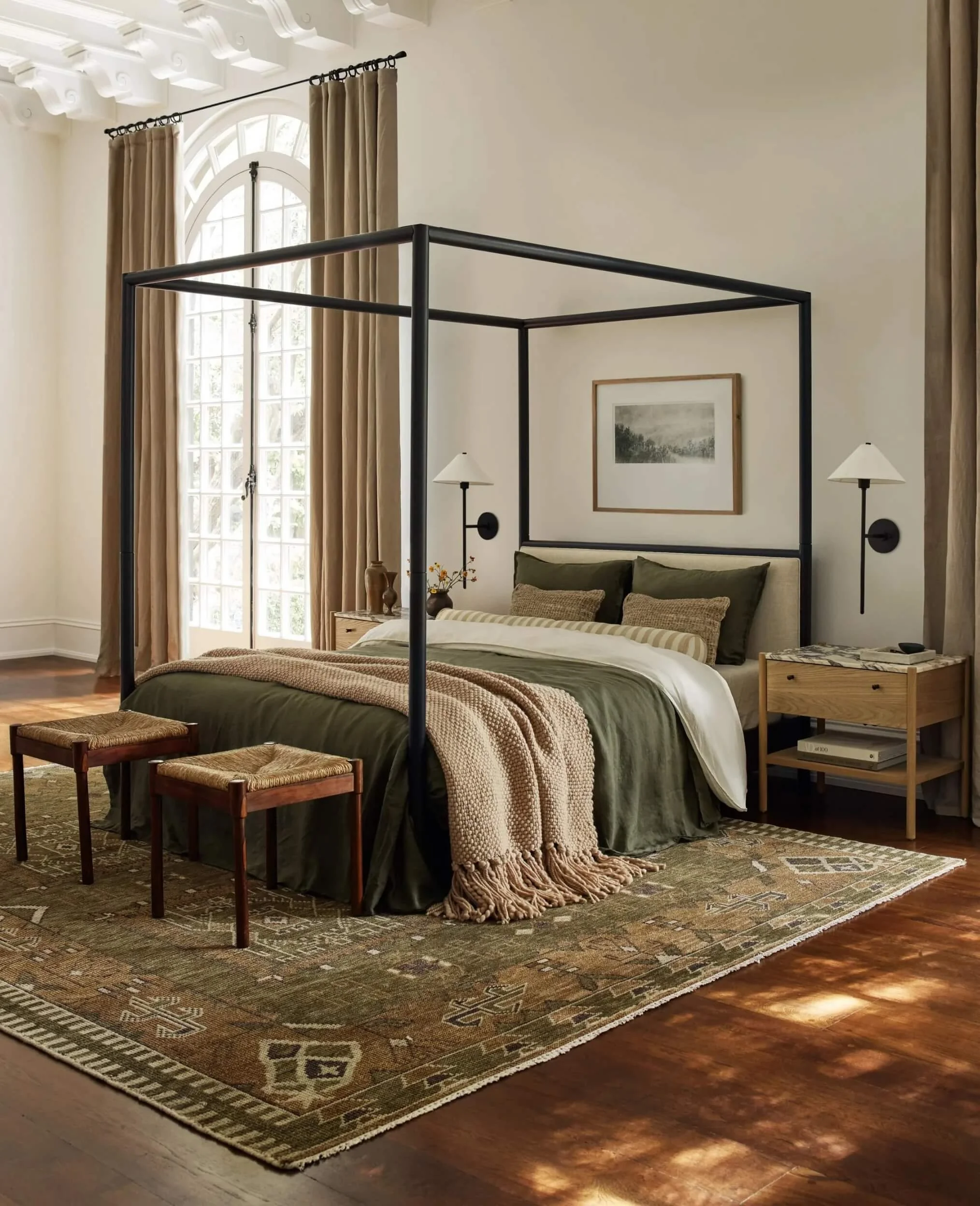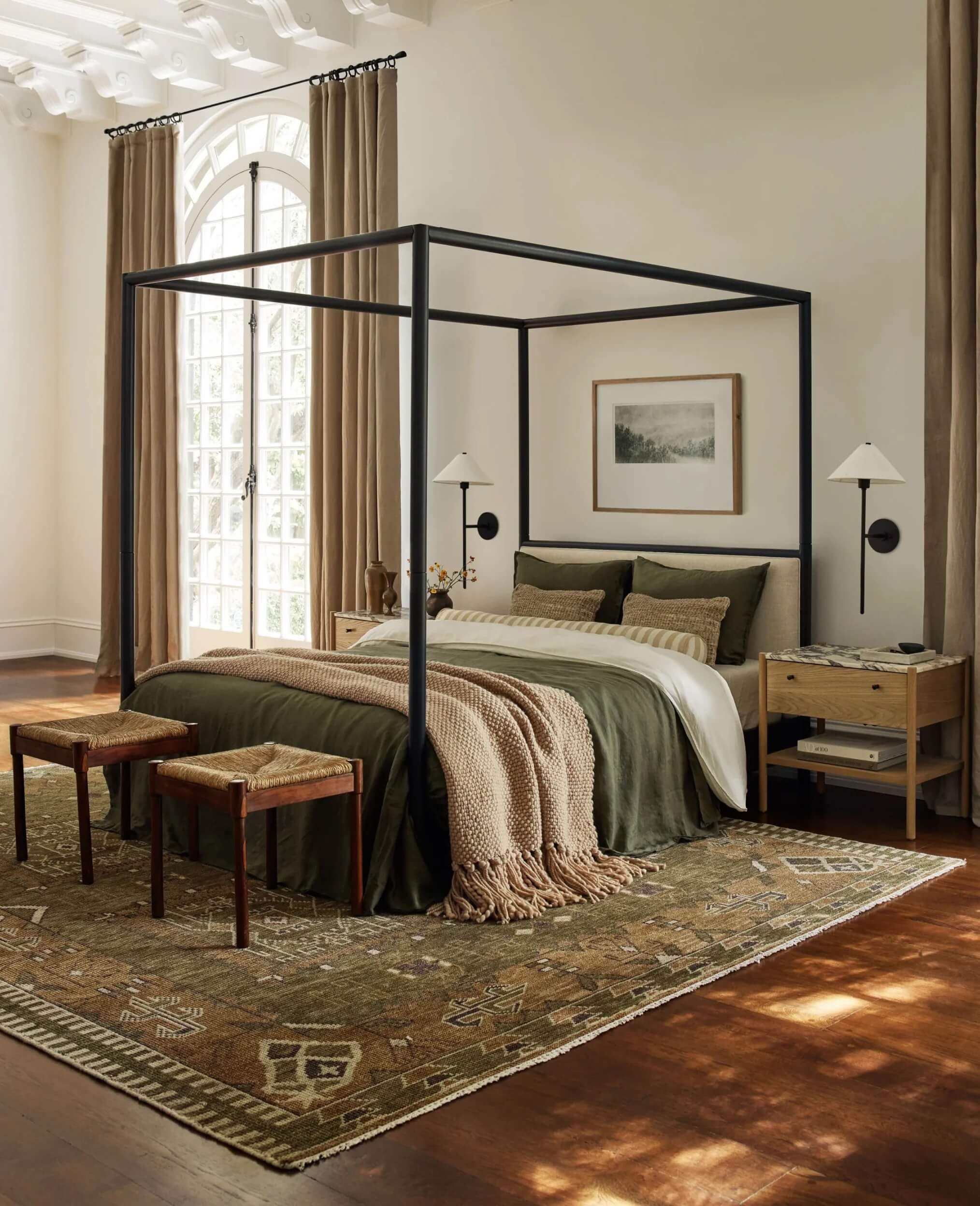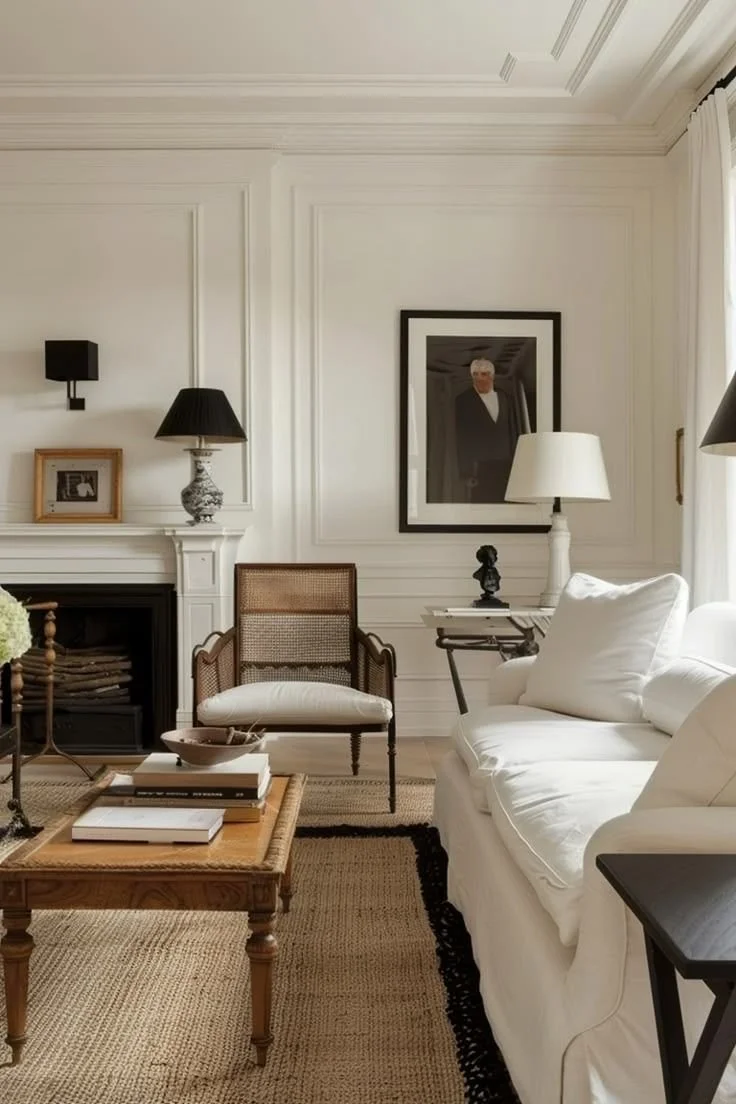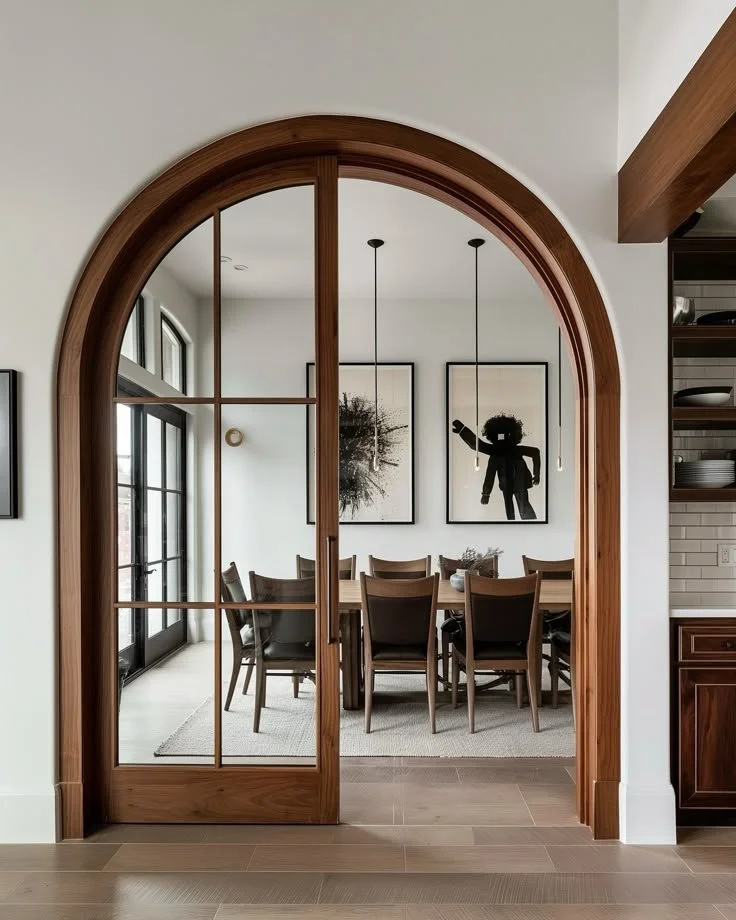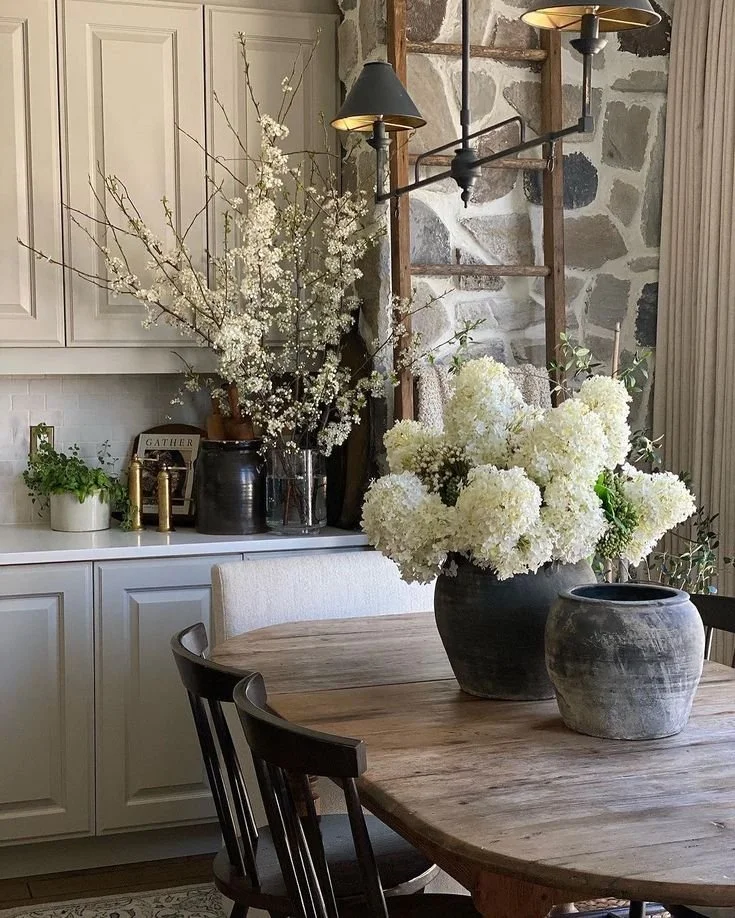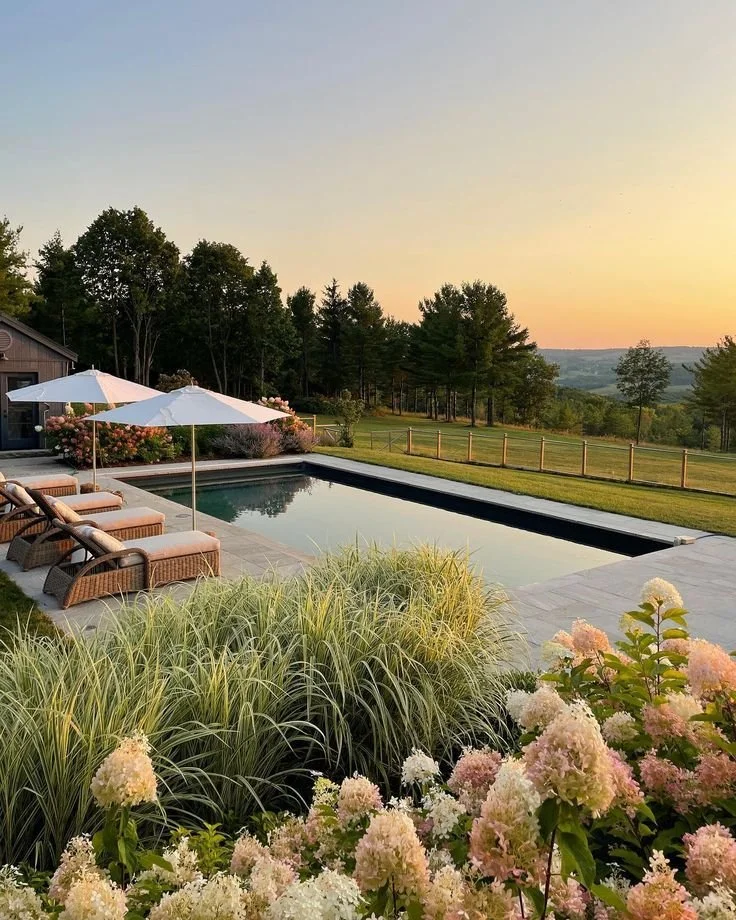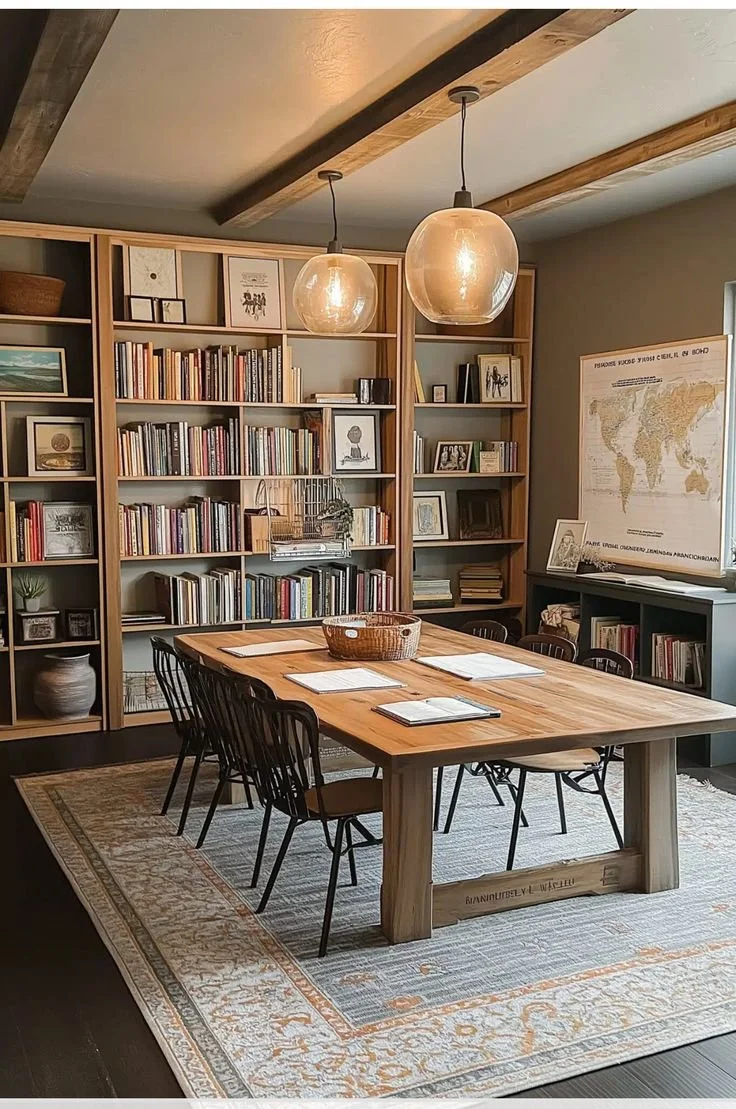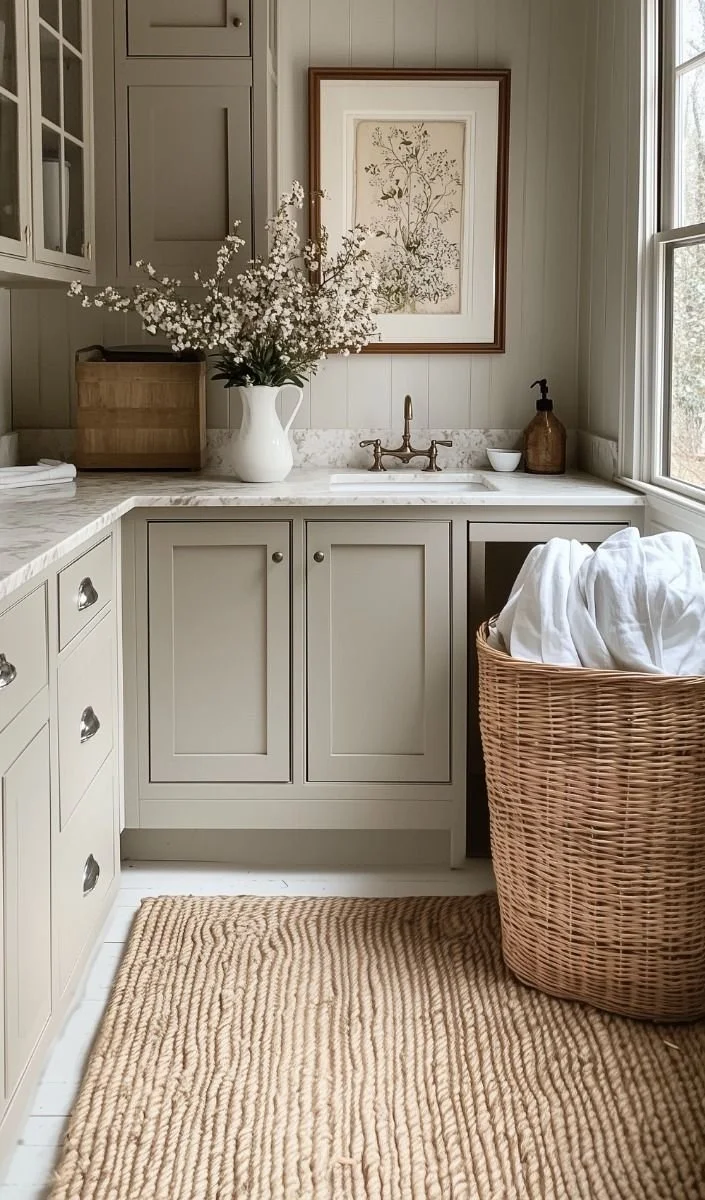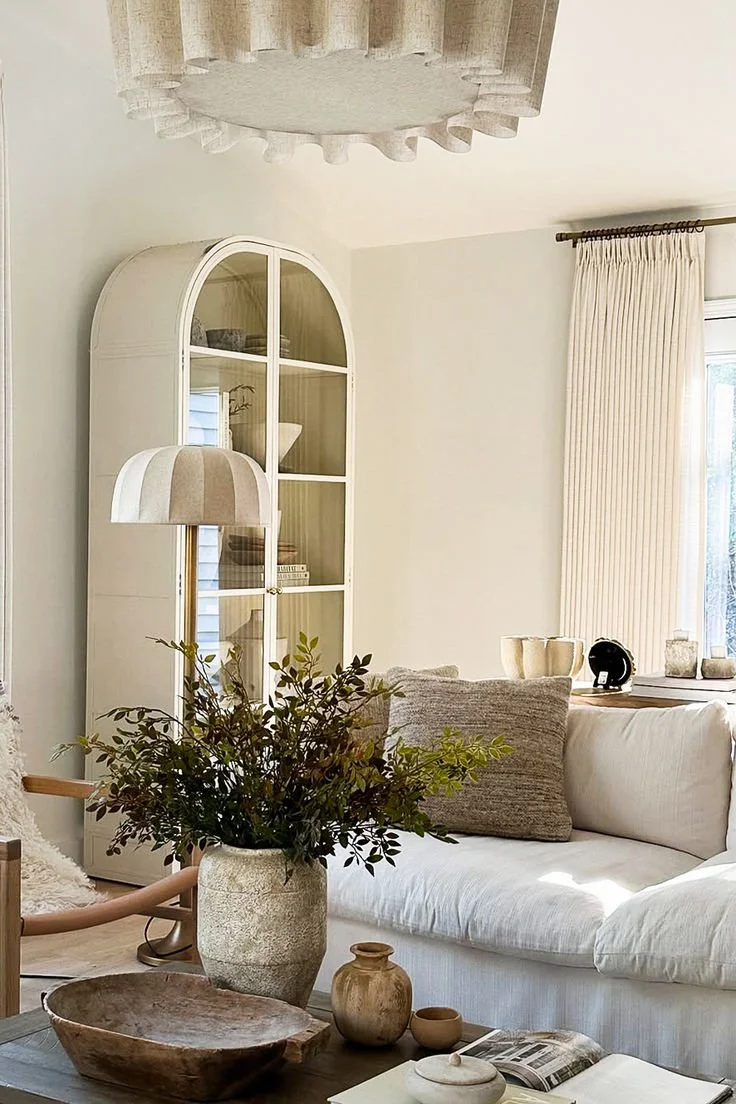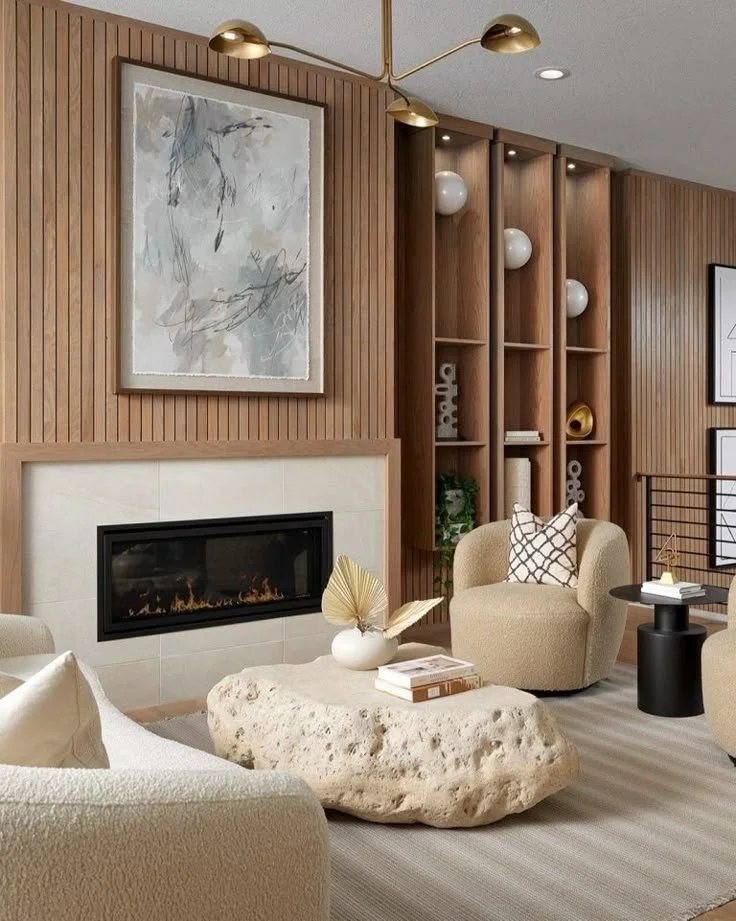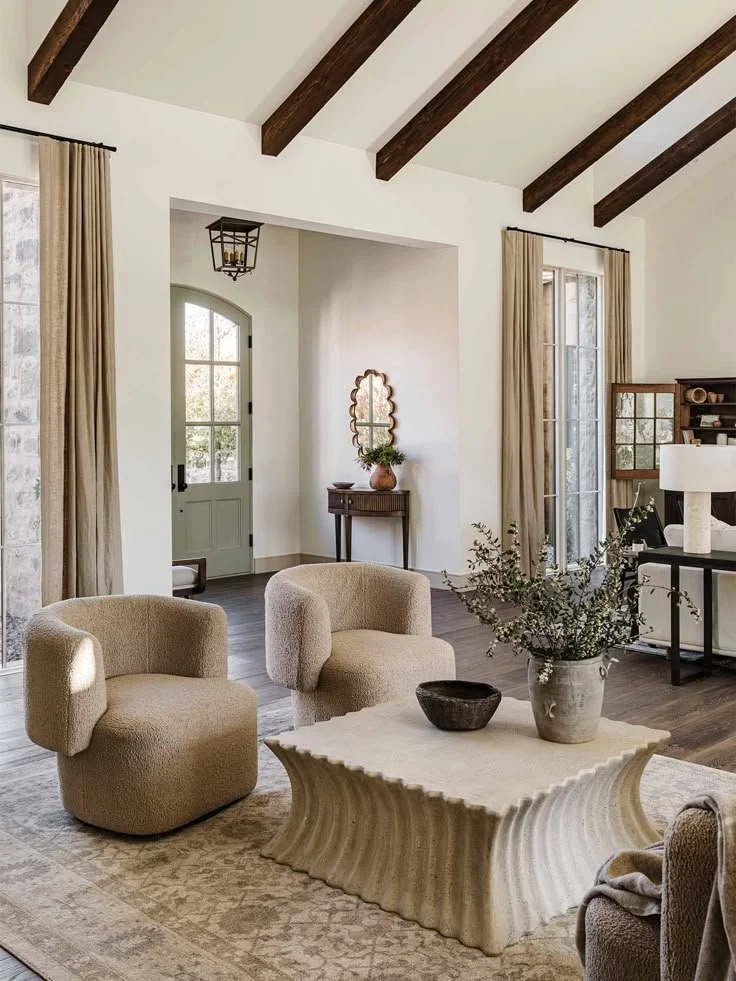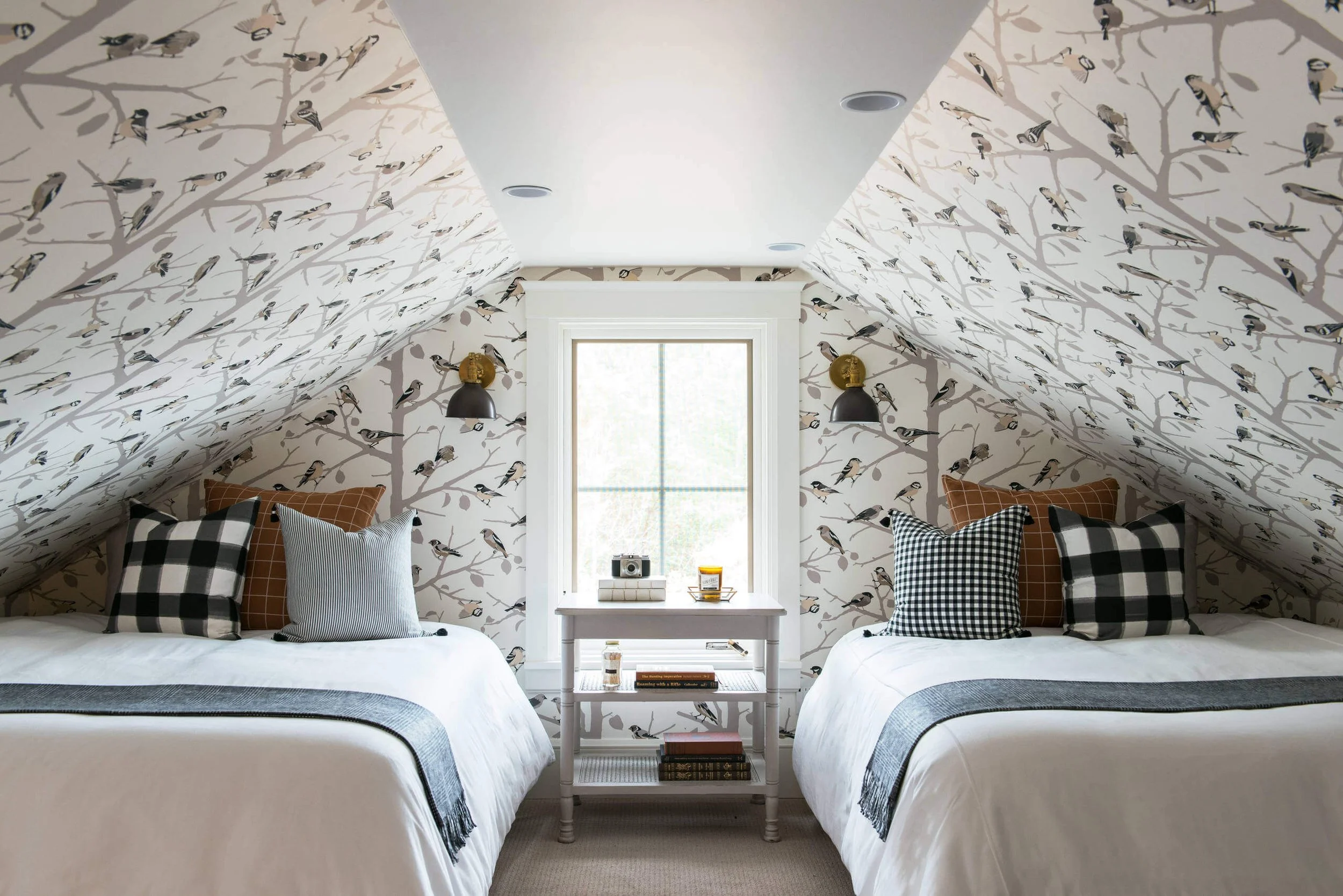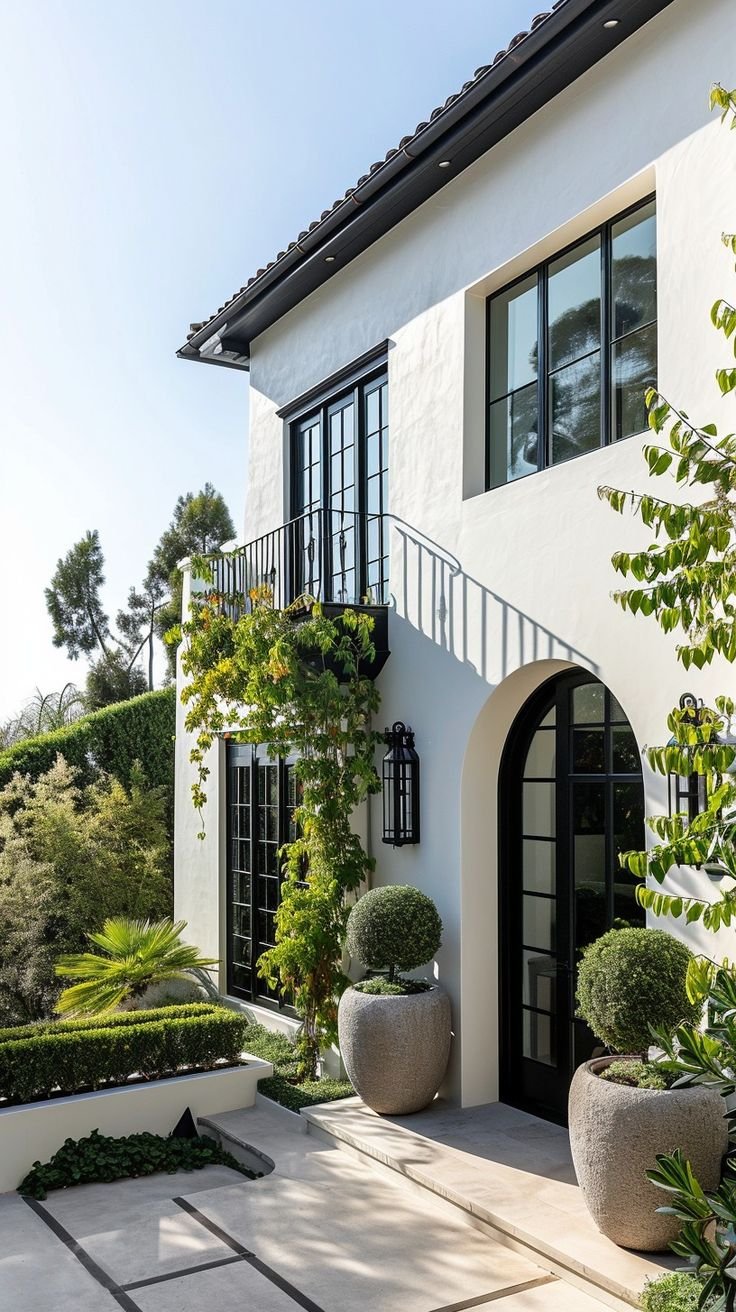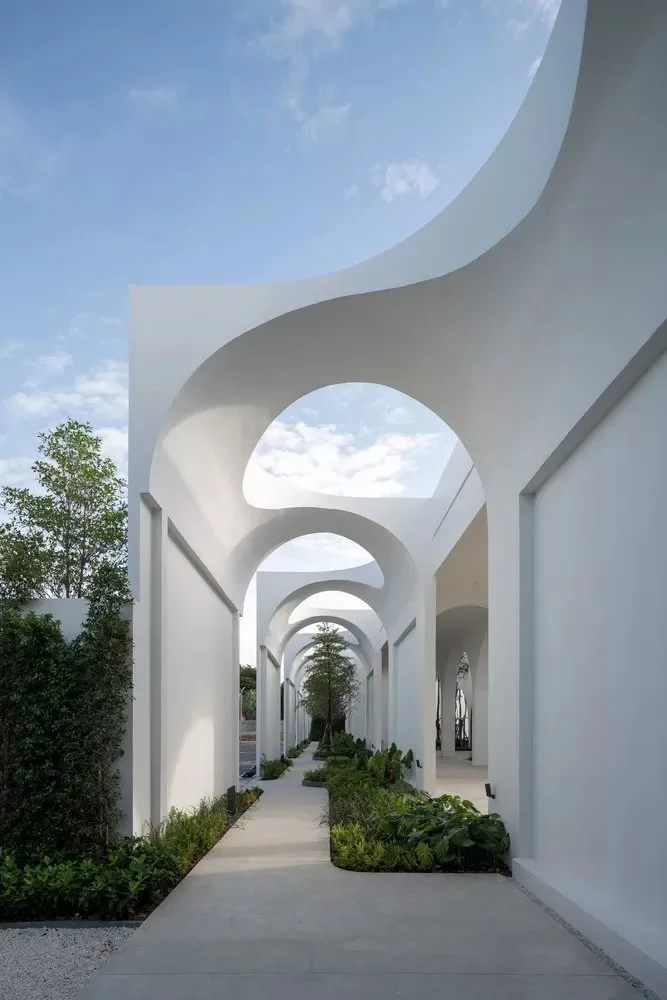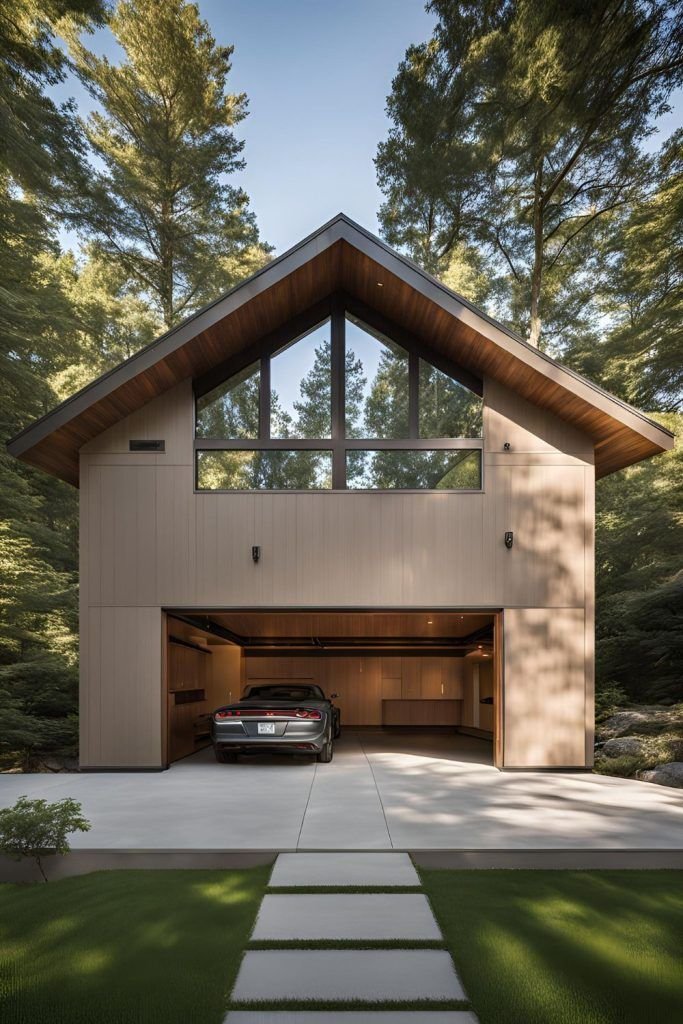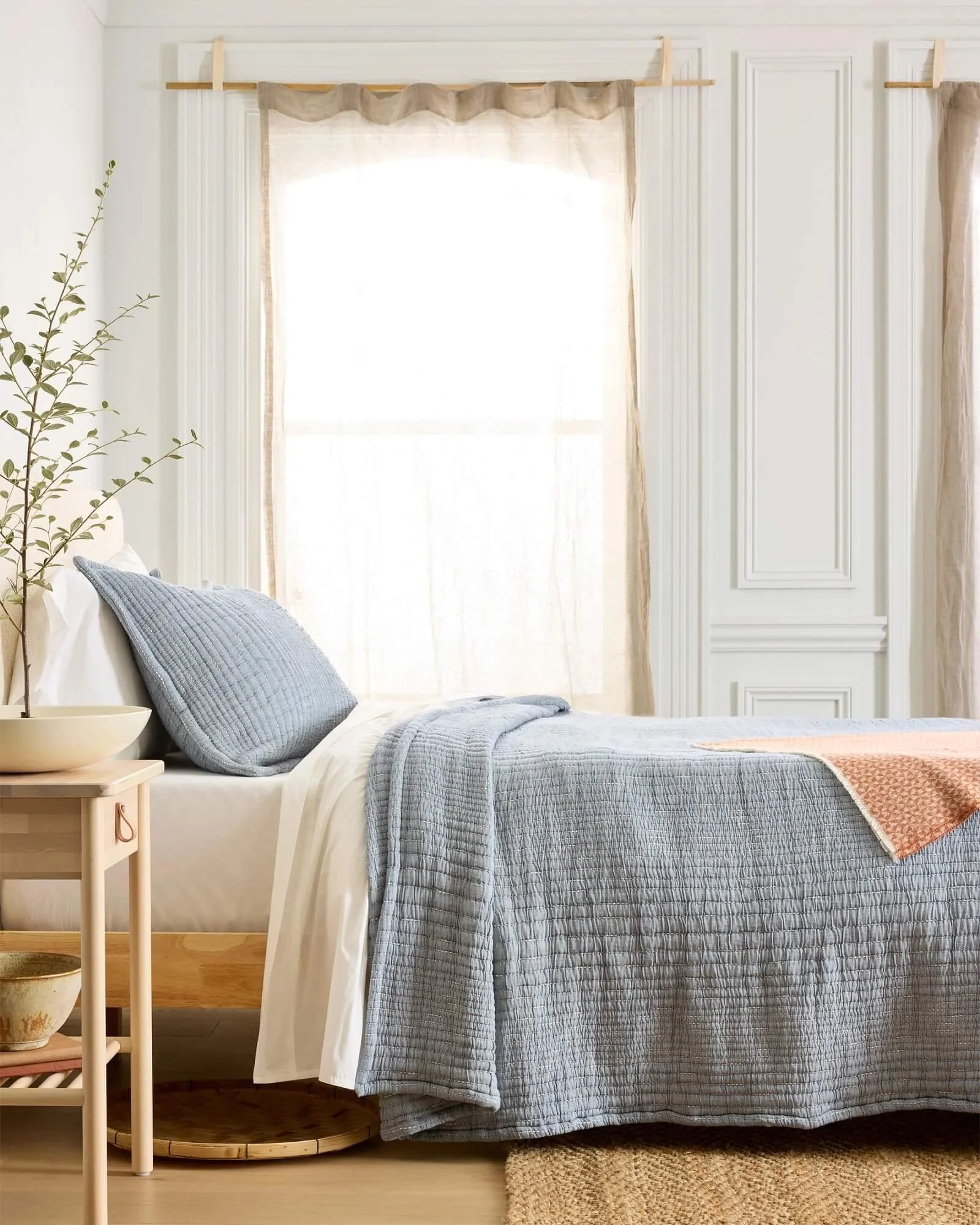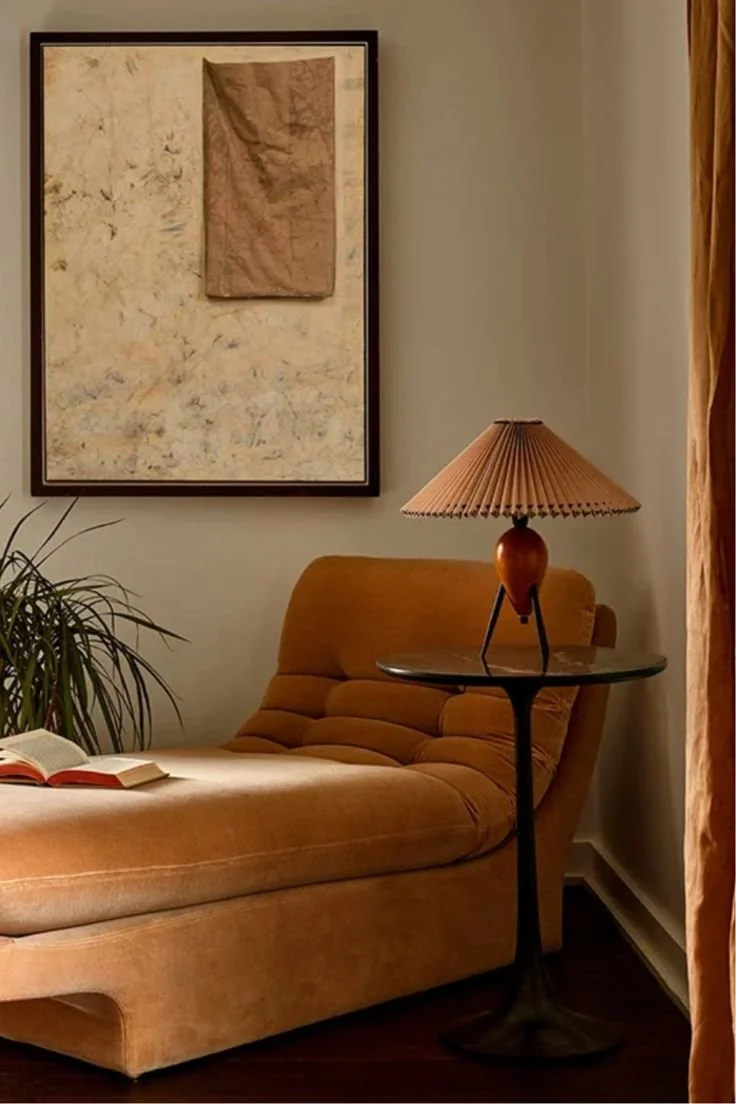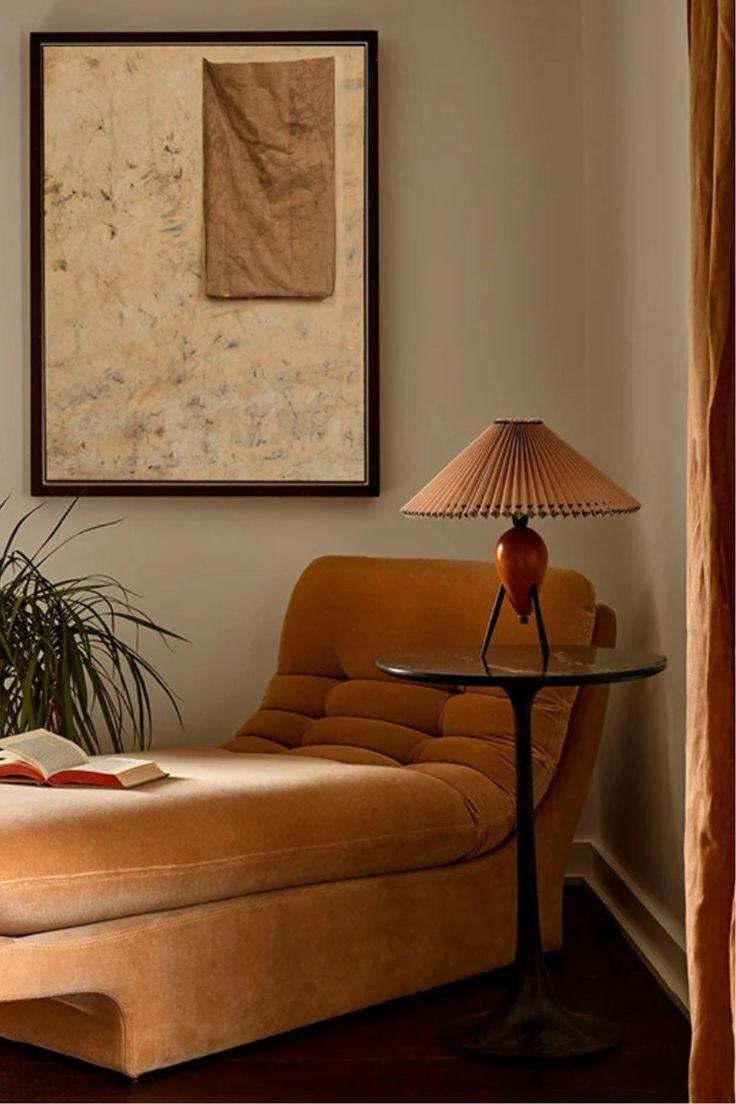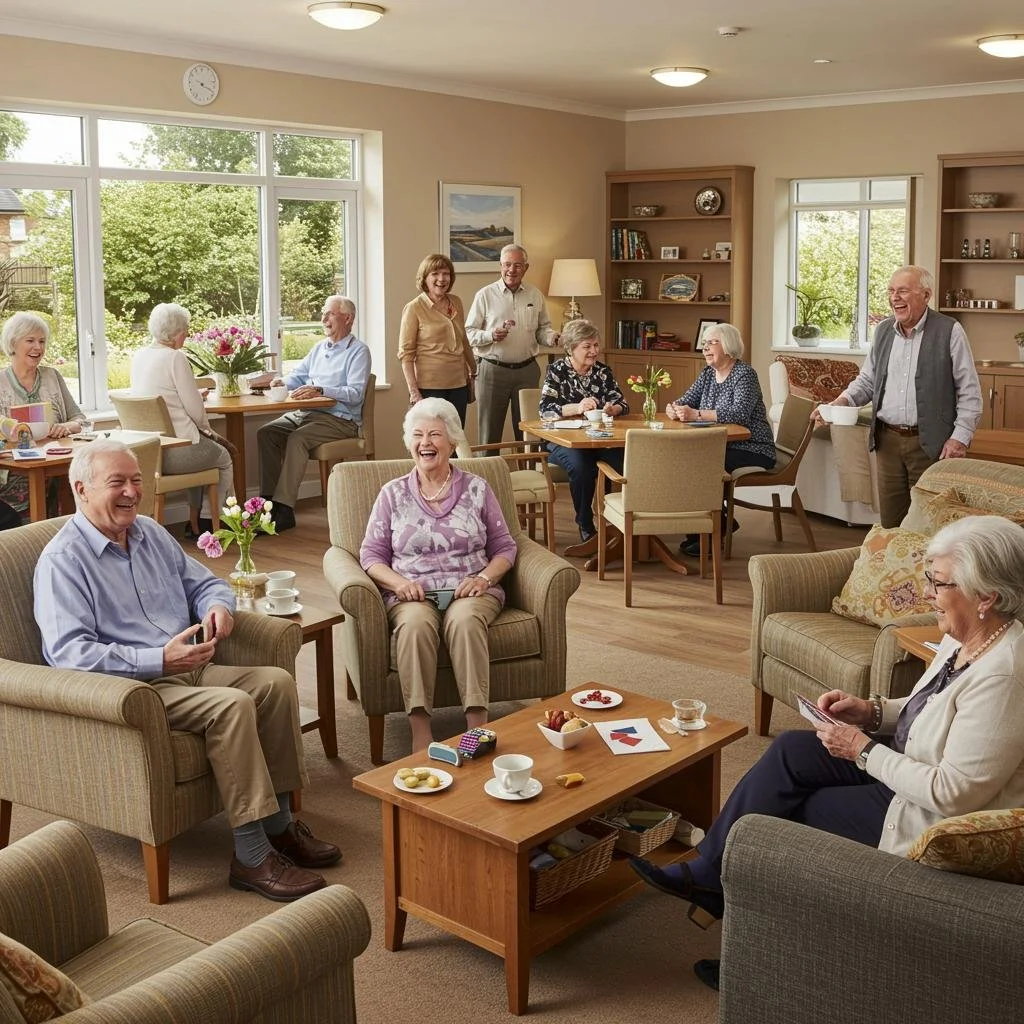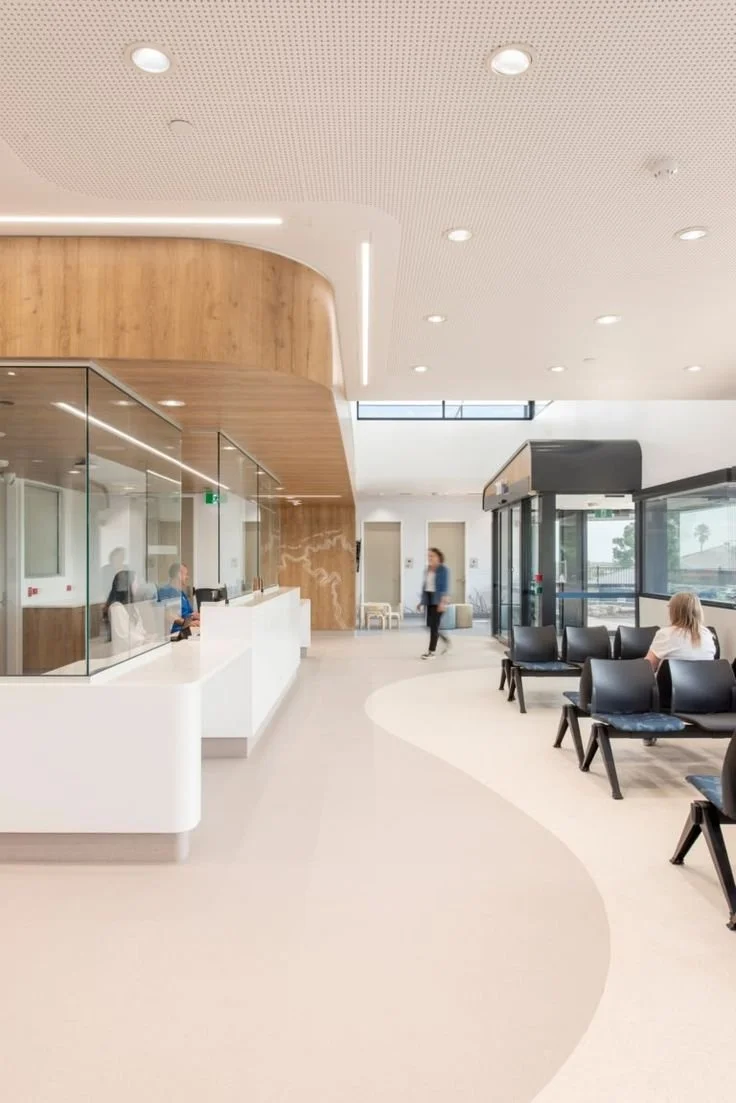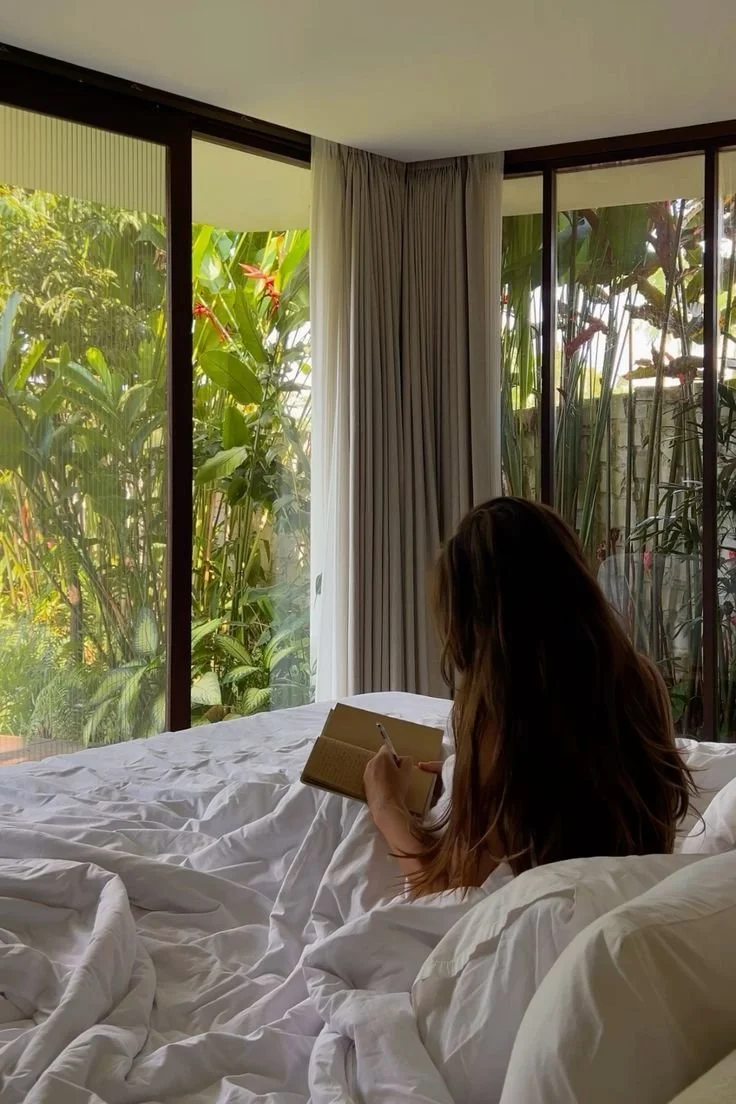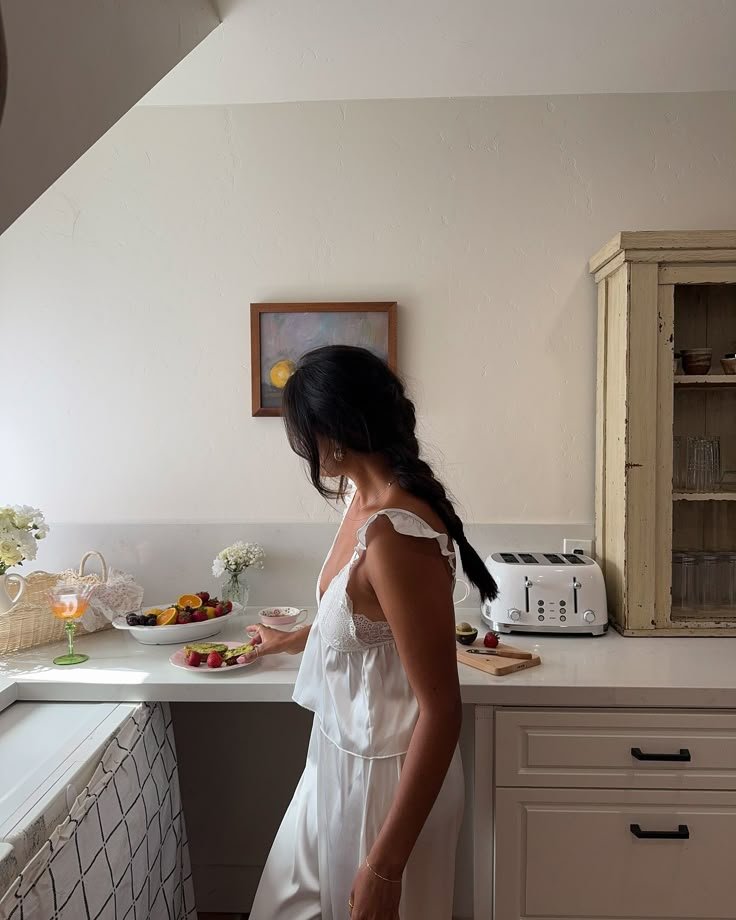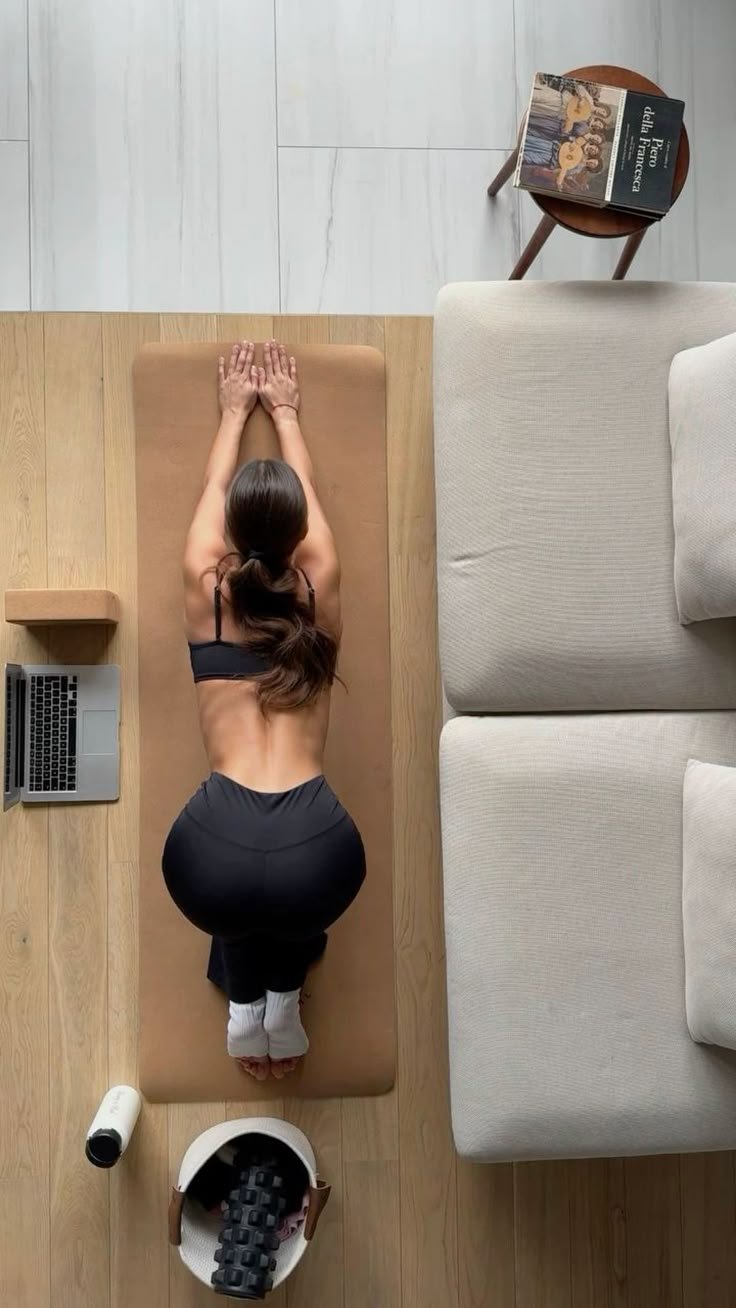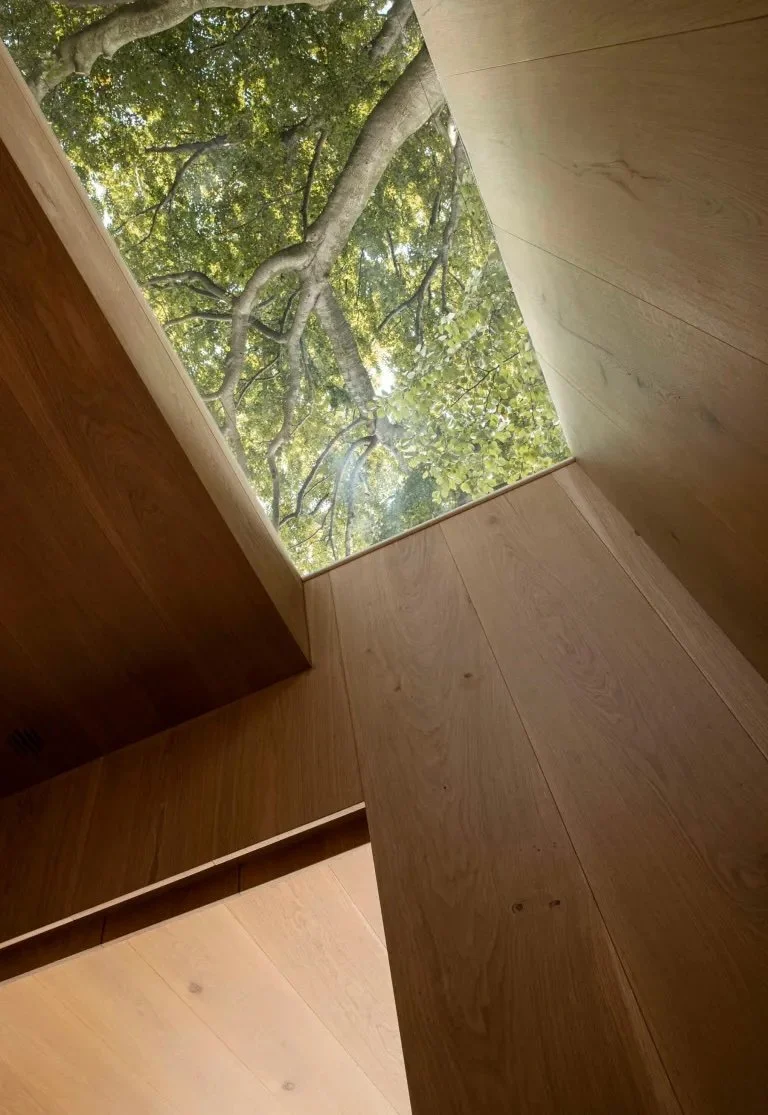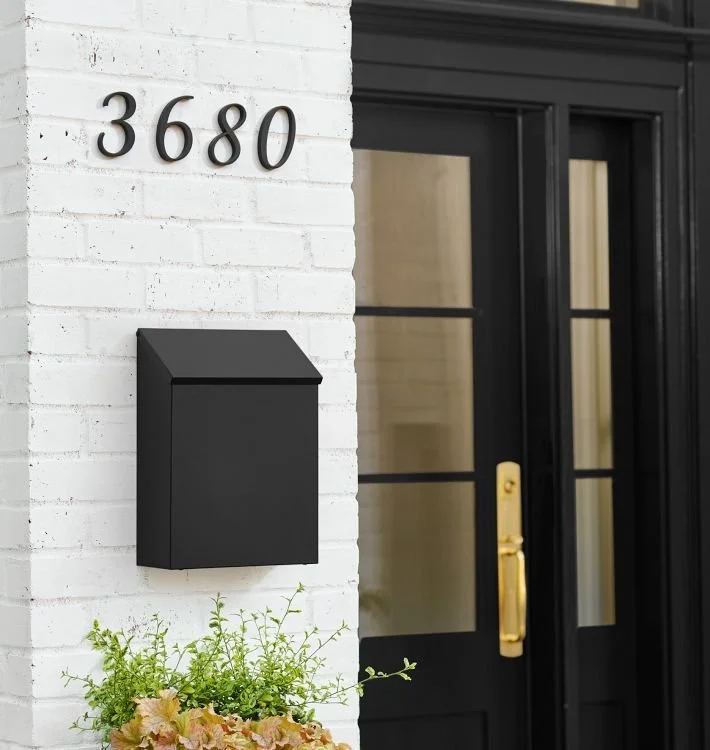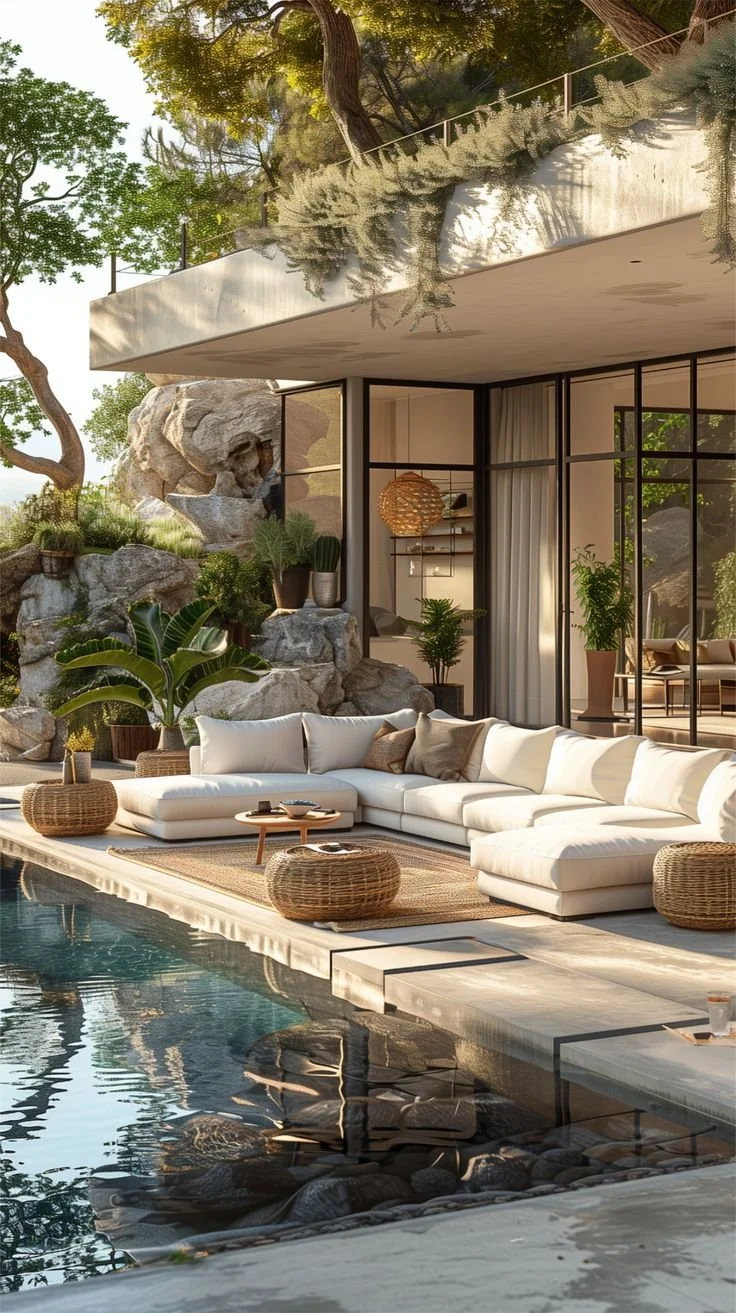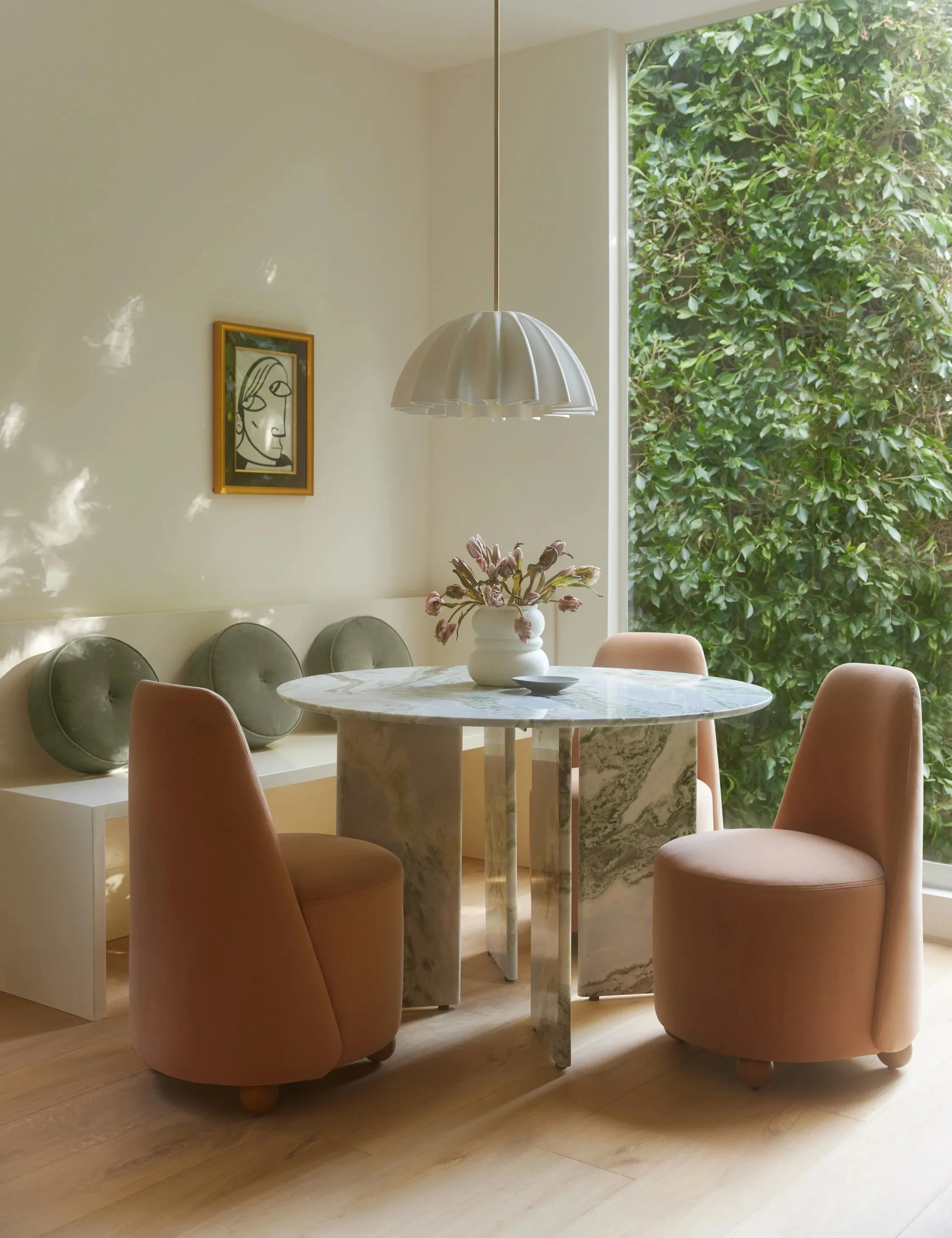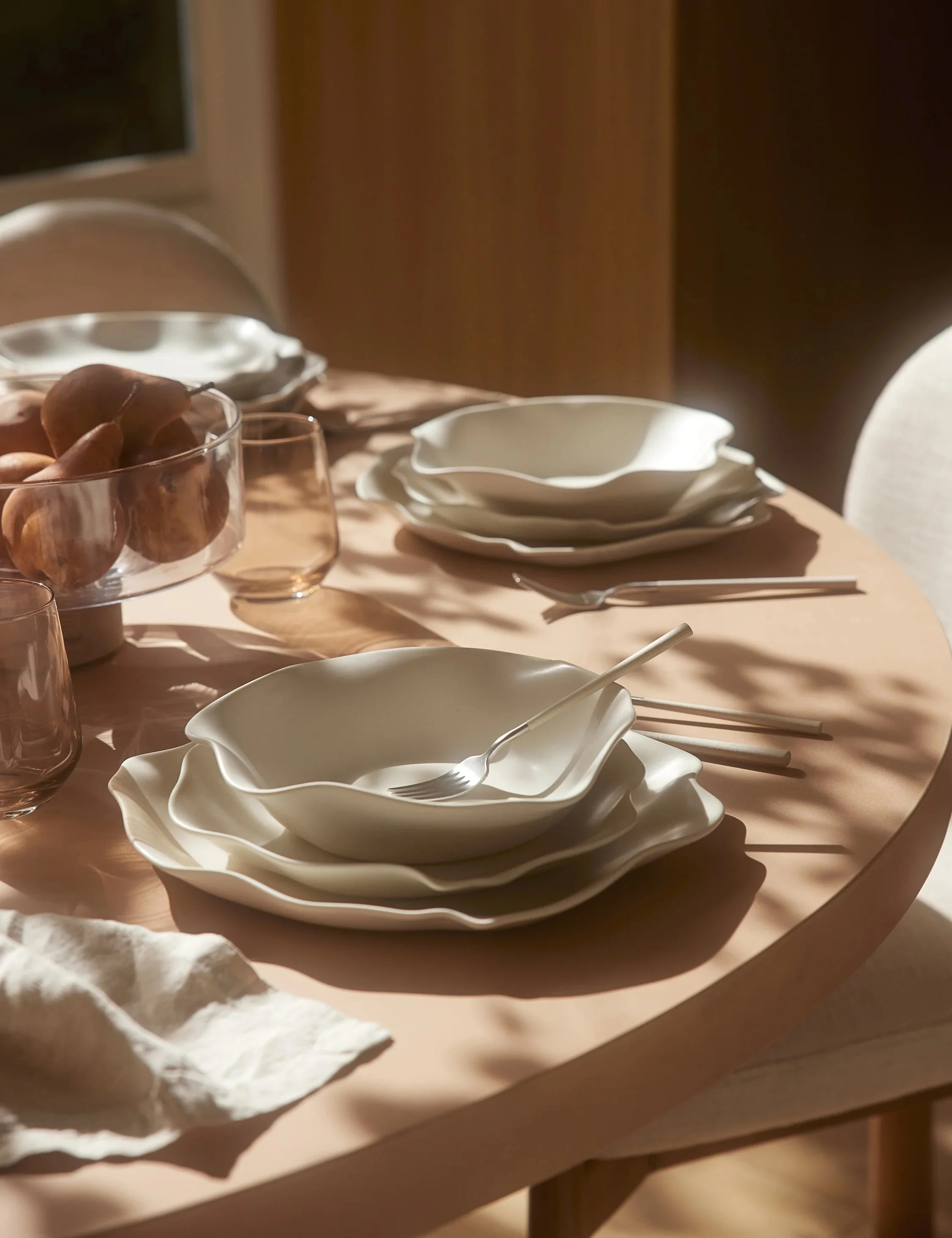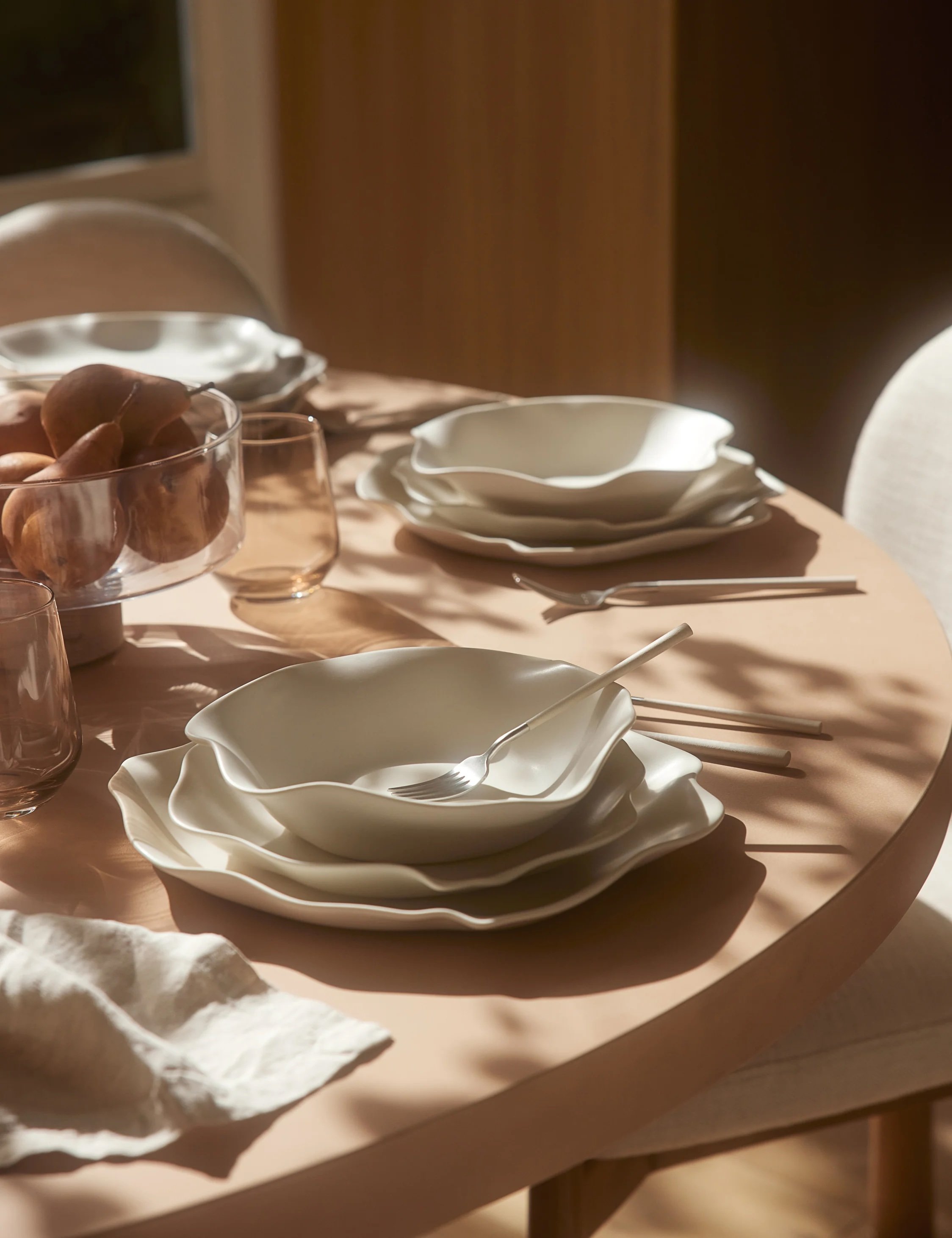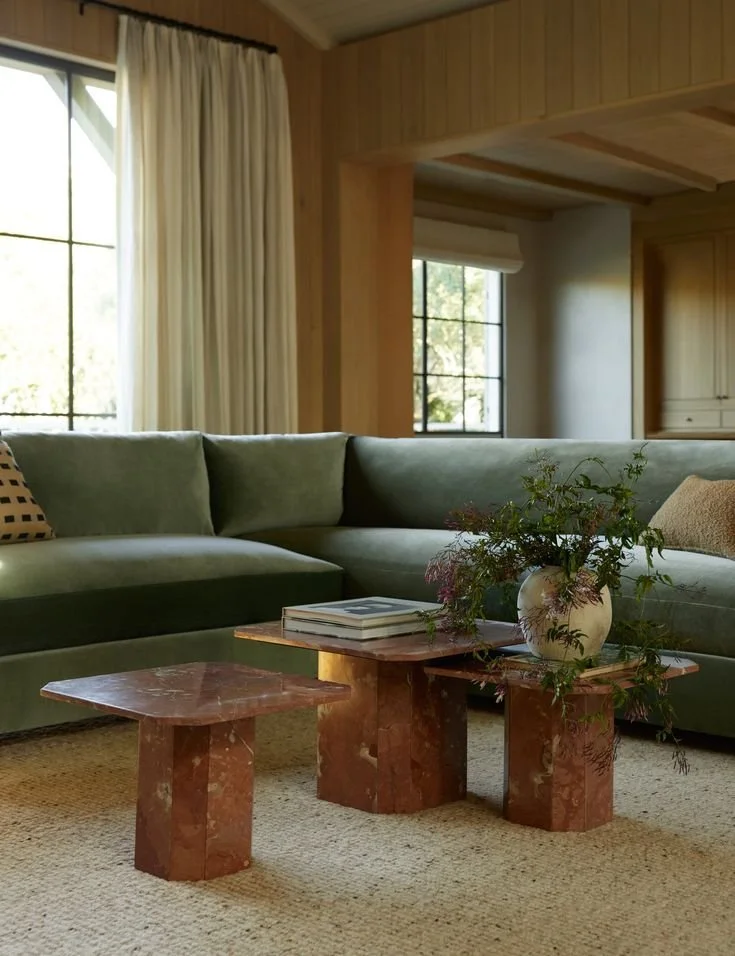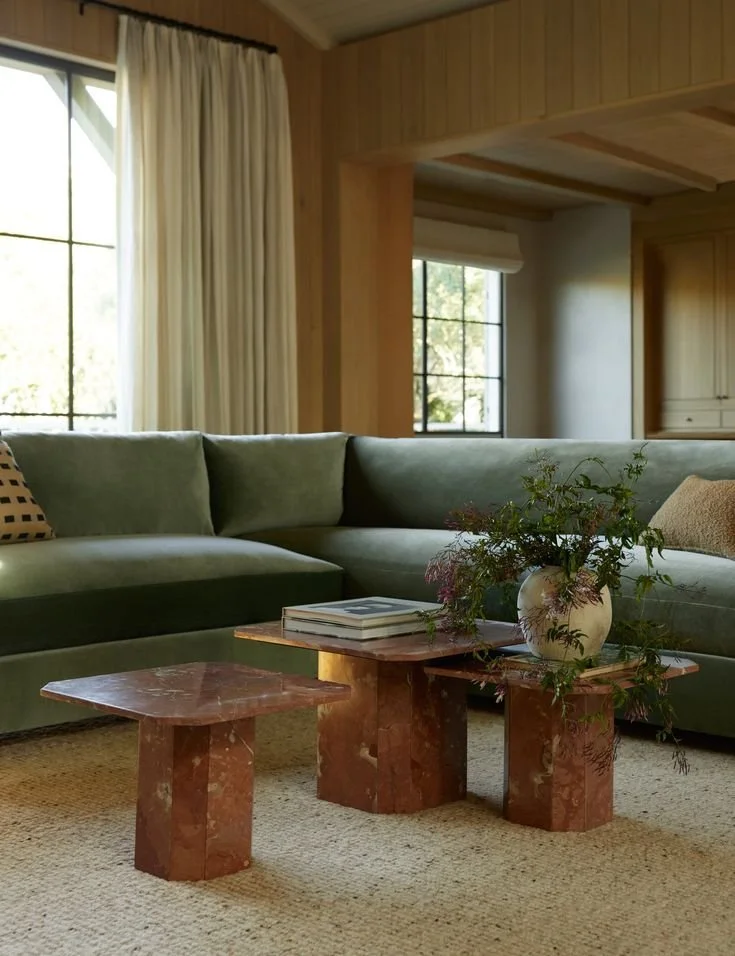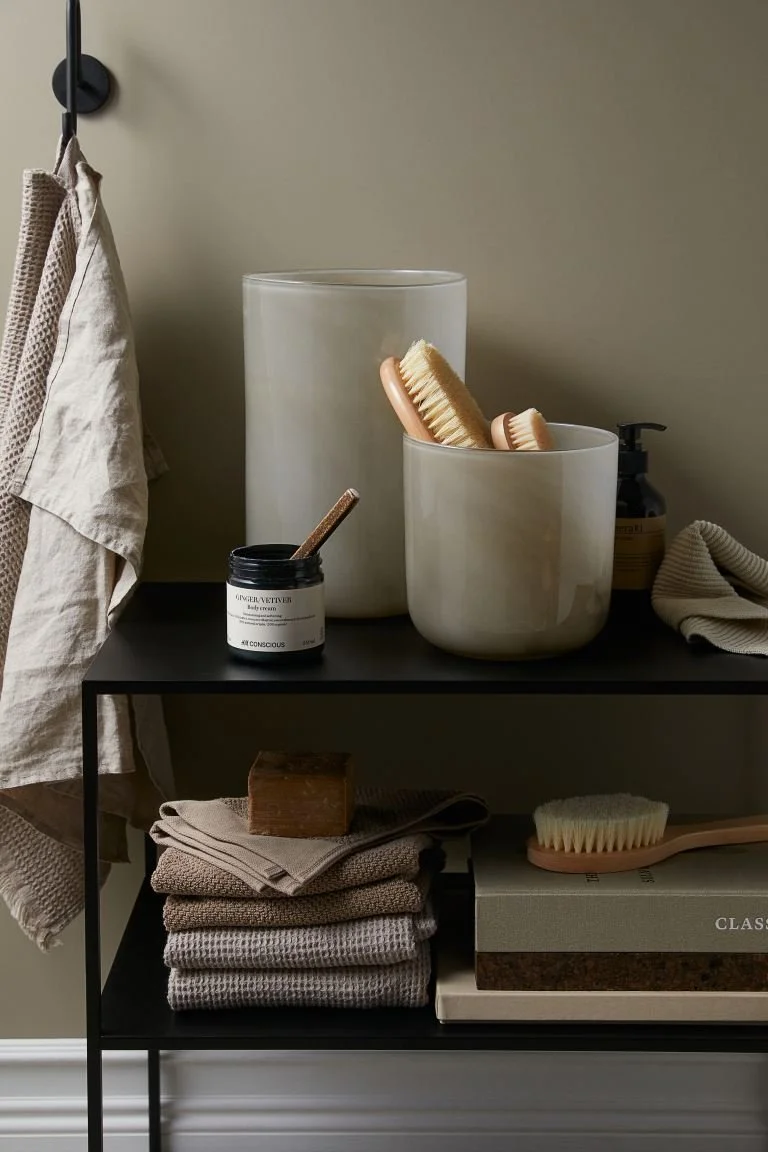When it comes to designing your dream home, focusing on key areas can make all the difference. Whether you're planning to stay in your home for years to come or looking to increase its market value, updating specific parts of your home can greatly enhance both its functionality and appeal.
In Orland Park, IL, where modern living meets suburban charm, many homeowners are choosing to invest in these updates to keep their homes up-to-date and comfortable. In this article, we take a closer look at several essential spaces within your home that you may want to consider updating for a more harmonious and vibrant living environment.
No. 1
Kitchen Upgrades
The kitchen is often considered the most important room in the home. Updating it can transform it from a mere workspace into a welcoming hub for family and friends.
One of the first things to consider is the layout. A well-designed kitchen layout can improve flow and make cooking more enjoyable. Think about how you use your kitchen. If you often find yourself bumping into counters or struggling to find storage space, it might be time to rethink the design. Options like open shelving or custom cabinetry can make better use of space and create a more organized environment.
Modernizing your kitchen appliances is another key aspect of an upgrade. Energy-efficient appliances save money on utility bills and contribute to a more sustainable home. Consider stainless steel options for a sleek, timeless look that matches various styles. New countertops, whether quartz, granite, or another durable material, can also make a significant impact by enhancing both the appearance and functionality of your kitchen.
No. 2
Bathroom Revamp
When thinking about the key areas to update in your home, the bathroom is often one of the most significant spaces to consider. Bathroom remodels in Orland Park are becoming increasingly popular as homeowners recognize the value and comfort that come with a modern, well-designed bathroom. Whether you're updating a master bathroom or a guest bath, these changes can greatly enhance both the functionality and aesthetic appeal of your home.
Updating your bathroom goes beyond just a fresh coat of paint or new fixtures. It’s about creating a space that meets your needs while reflecting your personal style. One of the most impactful changes you can make is replacing an old, outdated shower or bathtub with a modern design that suits your lifestyle. For example, walk-in showers with glass enclosures are a popular choice for those seeking a sleek, contemporary look. If you prefer a more luxurious feel, a soaking tub can transform your bathroom into a personal spa.
Storage is another essential aspect of bathroom remodeling. In many older homes, bathrooms often lack adequate storage, leading to cluttered counters and limited space. By incorporating custom cabinetry or adding built-in shelving, you can maximize storage and keep your bathroom organized. This improves the functionality of the space and contributes to a cleaner, more streamlined appearance.
Consider upgrading the bathroom’s flooring and countertops. Durable materials like porcelain tiles or quartz countertops are excellent choices for a long-lasting, stylish finish. These materials are easy to maintain and can withstand the wear and tear of daily use, making them ideal for high-traffic areas like the bathroom.
Lulu And Georgia
At Lulu and Georgia, you'll find exclusive designer collaborations, uniquely curated collections, and one-of-a-kind vintage pieces to bring your home to life
No. 3
Enhancing Comfort and Style
Living areas like the living room or family room are where relaxation happens, making these spaces necessary for a comfortable home. Updating these rooms can have a big impact on how you feel in your home and how it reflects your personal style.
Start by considering the flooring. Whether you choose hardwood, carpet, or tile, updating the floors can completely change the feel of a room. Hardwood floors, for instance, add warmth and elegance, while new carpeting can make a space feel cozy and inviting.
Furniture plays a huge role in the comfort and style of your living spaces. Consider investing in pieces that are both functional and stylish. Built-in shelving or custom storage solutions can help keep the space organized while also adding a touch of sophistication.
Paint is another simple yet effective way to update a room. Choosing the right color can set the tone for the entire space. Light, neutral tones can make a room feel larger and more open, while bold colors can add character and depth.
While it’s important to update these areas for personal comfort, it’s also worth considering how these changes affect the overall value of your home. Potential buyers often look for modern, well-maintained living spaces when searching for a new home, so investing in these updates can be a smart move.
No. 4
The Bedroom: A Personal Retreat
The bedroom should be a place of rest and relaxation, yet it’s often one of the most overlooked areas when it comes to home updates. By focusing on a few key changes, you can turn your bedroom into a true personal retreat.
Start with the basics: paint and lighting. A fresh coat of paint in calming, neutral tones can make your bedroom feel more serene. Soft, natural light can enhance this effect, so consider adding or updating window treatments to control the amount of light that enters the room. Blackout curtains, for instance, are a great addition if you need to block out light for better sleep.
Furniture is another important aspect of a bedroom update. Investing in a comfortable bed, with quality bedding and pillows, can greatly improve your sleep quality. Updating dressers, nightstands, and other furniture pieces can also help create a cohesive look that reflects your style.
Storage is also key in the bedroom. A clutter-free space is essential for relaxation, so consider adding built-in closets or organizing systems that maximize storage while keeping your belongings easily accessible. This can help maintain a tidy room, making it easier to unwind and relax.
Takeaways
Updating key areas of your home, from the kitchen to the bedroom, can significantly enhance both your comfort and the value of your property. By focusing on these critical areas, you can design a home that meets your needs and reflects your style, making it a place you’ll love for years to come. Whether you’re planning a small update or a major remodel, each change brings you one step closer to creating your dream home.
LOOKING For HOME RESOURCES?
Looking to enhance your living space and create a sanctuary that supports your well-being? Explore our home partners who offer a wide range of resources to elevate your home environment.
